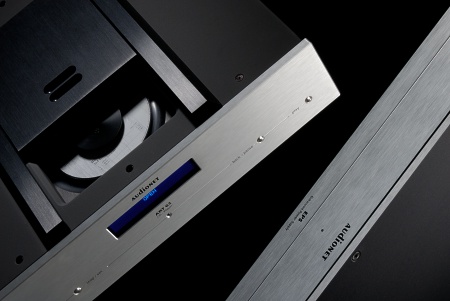dadozen
100+ Head-Fier
- Joined
- Sep 21, 2008
- Posts
- 306
- Likes
- 10
Jan also takes payments in USD. I've always paid him in this currency. The only thing that happens is that sometimes he drops the price of his amps due to better EUR/USD exchange rates.

| Originally Posted by hawat /img/forum/go_quote.gif I should probably post in the source section but since there is already a huge thread about this dac/amp in this section, I ll post here. I was interested in this for the look and the dac fuction mostly but I' d take sound over look 
I have seen some comparison of the opera with those dacs but the symphony dac seems to be upgraded compared to the opera. The headamp function would be a plus of course if it beats the hd53r but I am already quite happy with the cec. |
| Originally Posted by Iron_Dreamer /img/forum/go_quote.gif The choice to use a muting relay in the DAC where most companies use a potentially sound-degrading muting transistor does result in a clicking sound (from the unit itself, not in the signal) whenever the digital input signal drops to zero (on the gaps in between CD tracks, for instance). While using headphones, I usually didn't even notice it, but it could be an issue when using speakers. |
| Originally Posted by Jan Meier /img/forum/go_quote.gif Dear Hawat, Please don't worry. The DAC-chip in the SYMPHONY allows for a soft-mute and thereby does not require any external muting circuitry. It does not have a relais. Cheers Jan |


| Originally Posted by anoobis /img/forum/go_quote.gif Secondly, what's with the holes on the top of some of the Meier amps? I don't get it! |
| Originally Posted by onocentaur /img/forum/go_quote.gif I thought my Symphony sounded better when I covered the ventilation holes with some medical grade air filter mesh. Definitely improved the soundstage. [size=xx-small]Wait. Has this joke been done before?[/size] |
| Originally Posted by Kees /img/forum/go_quote.gif No, it's a new one. Has anybody laughed yet? |

